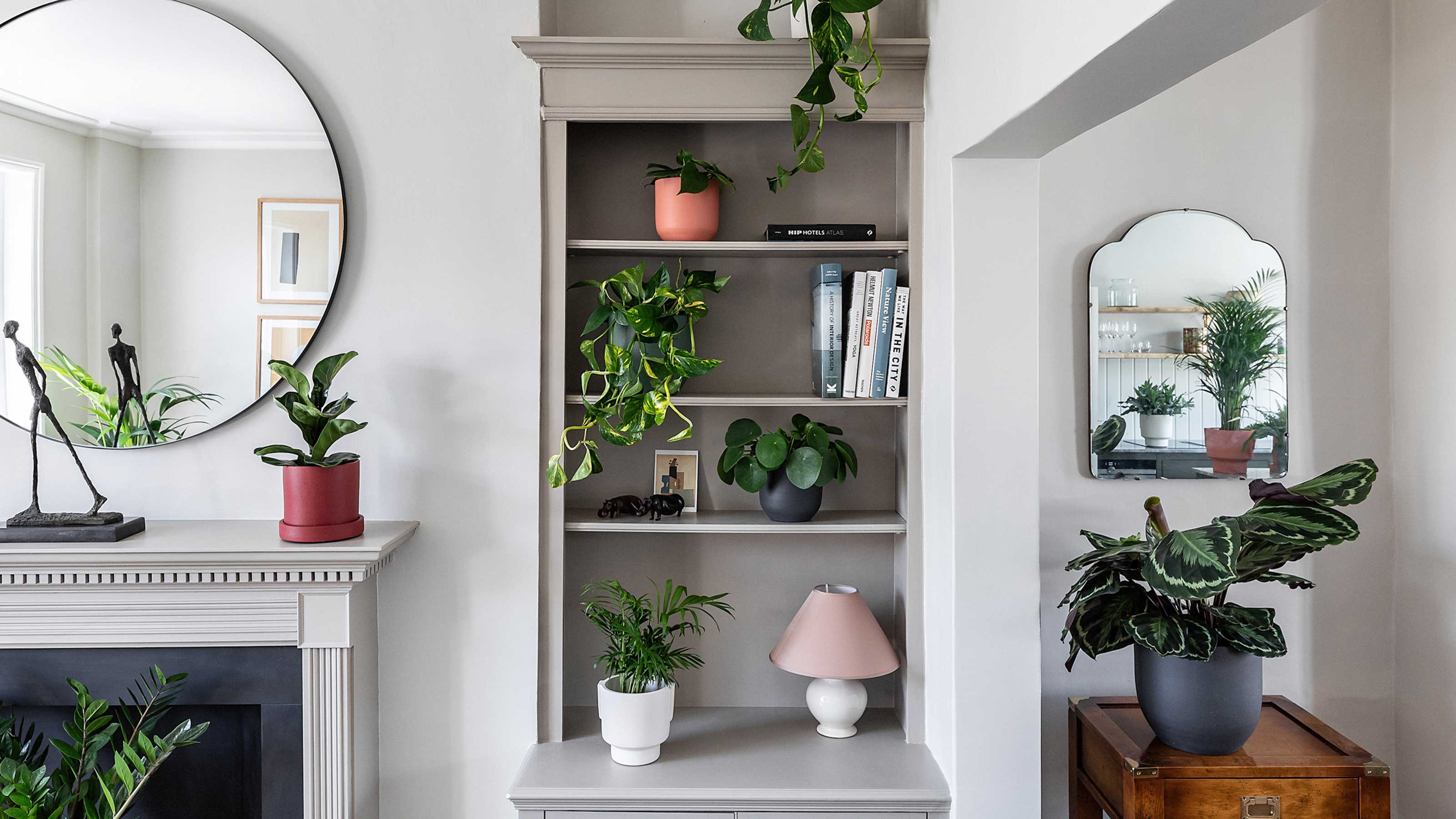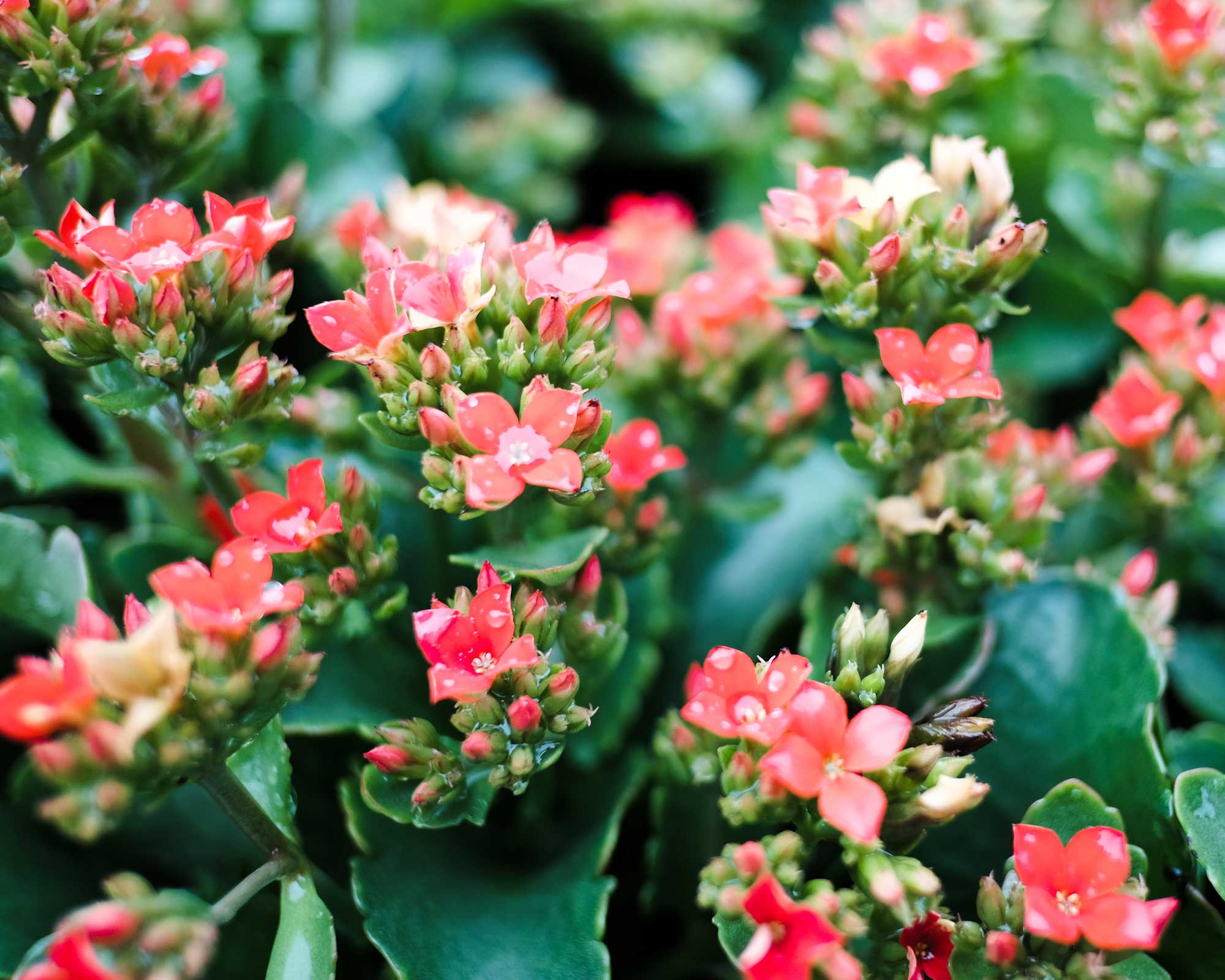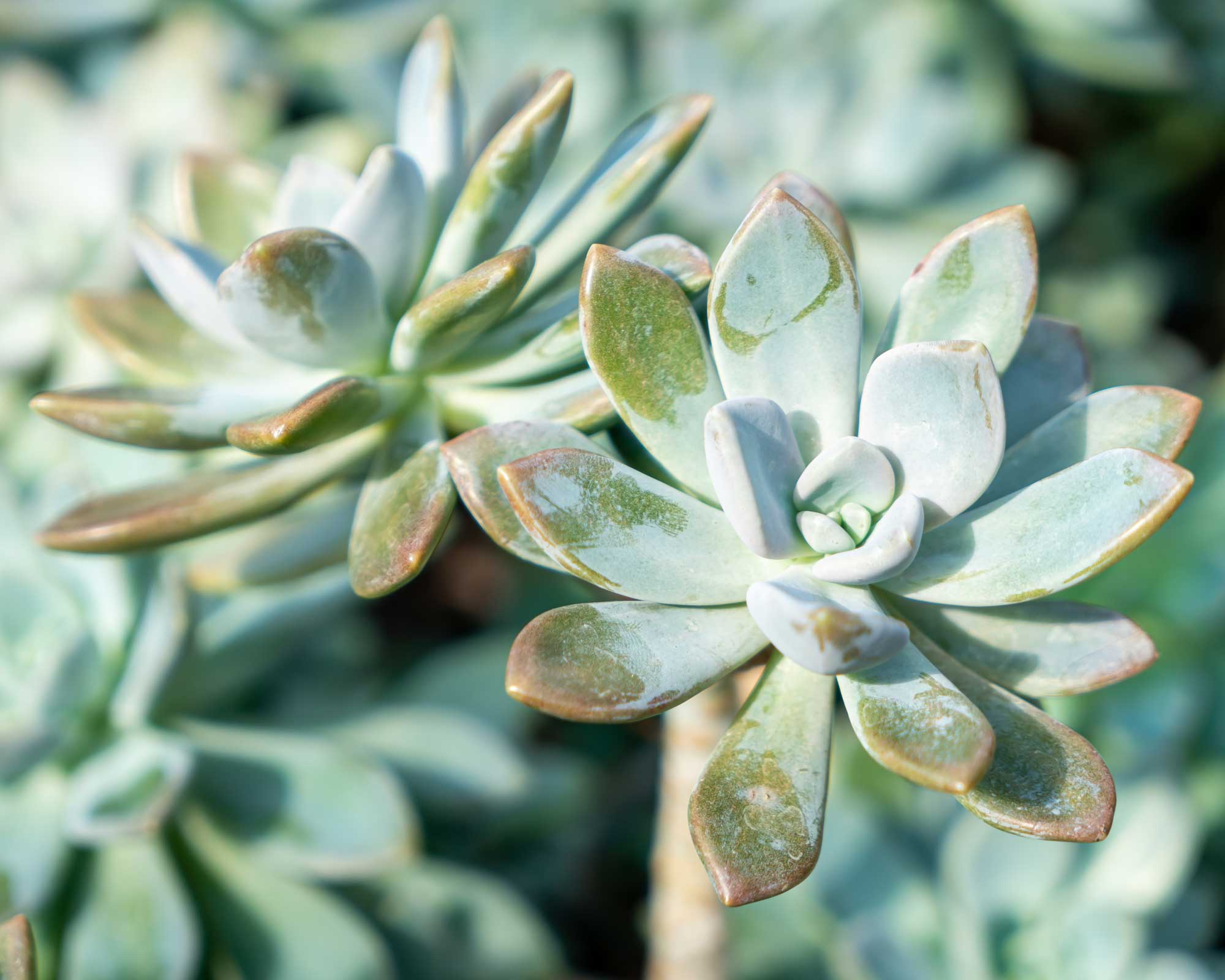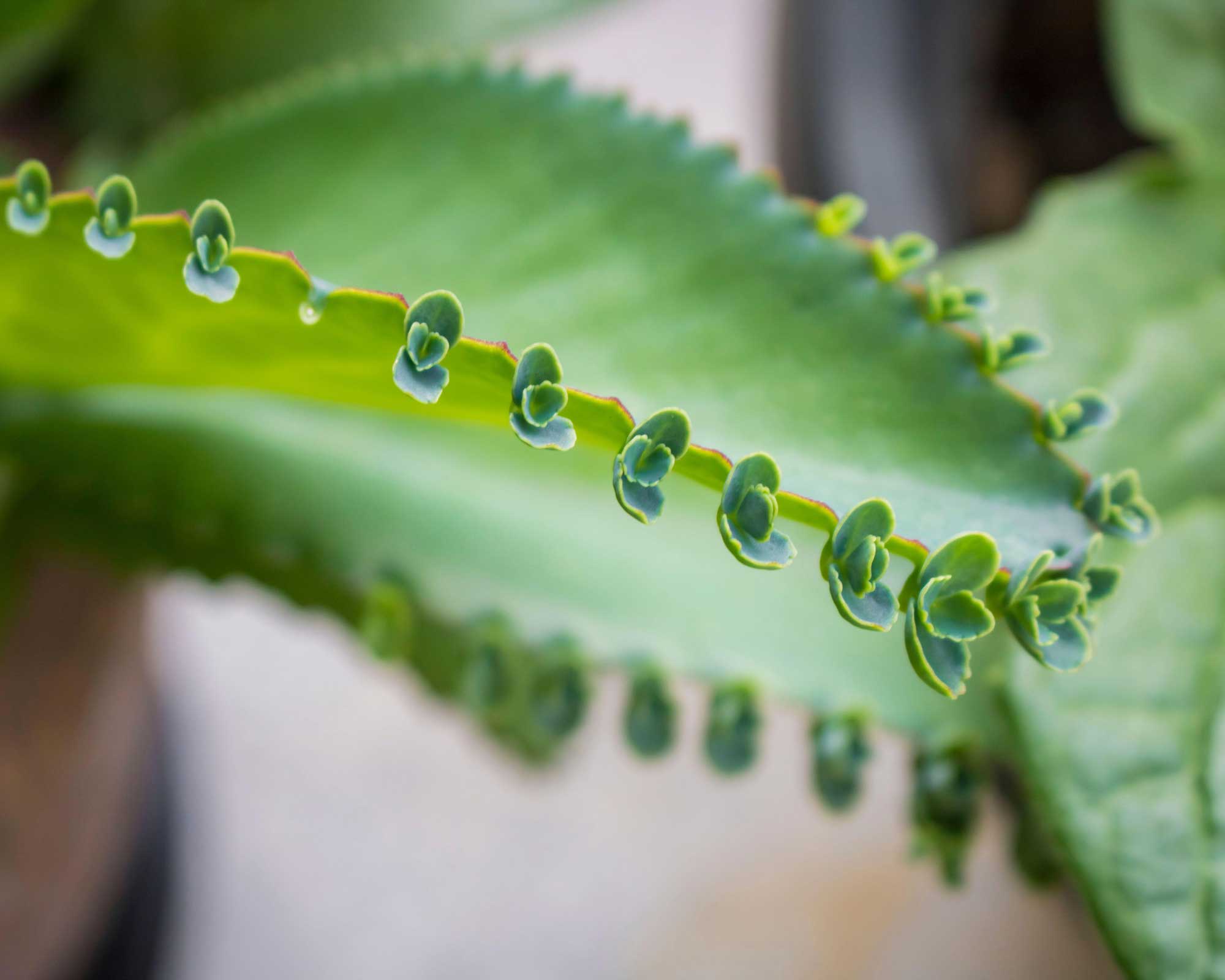Meet the kalanchoe - the must-have houseplant of 2022
The house plant has seen a dramatic increase in search last year, and plant retailers predict it will keep growing


Our love affair with houseplants isn't going anywhere, and if you're wondering which plants will be big in 2022, the kalanchoe could be one to look out for.
An online garden retailer has shared an insight into which plants its customers are desperate to get their hands on. And the kalanchoe (also known as 'widow’s thrill' or 'mother of thousands') came out on top as the must-have houseplant 2022.
This low-maintenance plant outsold over 30 of the best indoor plants on Primrose's website, accounting for 19% of its overall houseplant sales.

The Kalanchoe blossfeldiana has clusters of tiny, colorful flowers and attractive, shiny green foliage
Primrose's report on the latest garden trends looked at millions of searches on its website, which showed a massive rise in demand over the last year for the kalanchoe plant. The garden retailer has seen a 454% increase in on-site searches for the plant and expects it will continue to be a popular choice for plant owners in 2022.
Top 10 houseplants for 2022
- Kalanchoe +454%
- Kentia palm +253%
- Strelitzia (Bird of Paradise) +179%
- Parlour Palm +146%
- Money Tree +126%
- Areca Palm +117%
- Cast Iron Plant +104%
- Anthurium +57%
- Bromeliad +43%
- Alocasia +41%

There are lots of different varieties of kalanchoe, some of which don't have flowers
There are lots of variations, from the Kalanchoe blossfeldiana with colorful flowers to the stunning Kalanchoe pinnata, which has lots of baby plants on the edge of its leaves. We think this plant is one that will get plant parents will be excited about in 2022.
If you follow the correct kalanchoe plant care tips, the Kalanchoe blossfeldiana will last six or seven years, and they come in a range of shades. They also make nice gifts to brighten up homes and offices.
As life goes back to some kind of normality in 2022, we'll definitely see a rise in the popularity of the best low-maintenance indoor plants.

This Kalanchoe pinnata variety has pale leaves with brown edges
'To be honest, I am quite surprised to see that kalanchoe is trending,' admits Anna, the founder of Plant Pet Club. 'Is it really about to become the hottest plant?'
'As most of us carry on working from home this year, more and more people will want to add a desk plant or two to rest their eyes on,' she says. 'The kalanchoe is one of the easiest houseplants to care for and is perfect for beginners.'
Lots of the other most popular houseplants have a tropical, beachy vibe, which is no surprise after two years of canceled holidays abroad. Will you be adding a kalanchoe to your indoor garden collection?

Millie Hurst has worked in digital journalism for five years, having previously worked as a Senior SEO Editor at News UK both in London and New York. She joined the Future team in early 2021, working across several brands, including Gardeningetc. Now, she is Senior Content Editor at Ideal Home, taking care of evergreen articles aimed at inspiring people to make the most of their homes and outdoor spaces.
